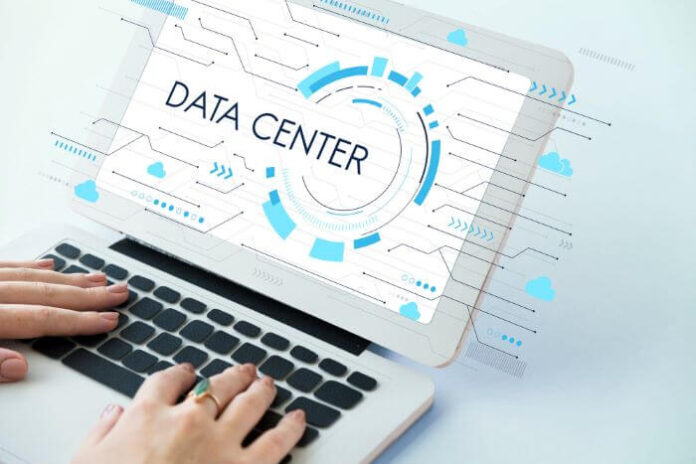Data center management can be a complicated and daunting task. For businesses that manage their own data centers, it’s essential to have the right processes and tools in place to ensure maximum efficiency.
In this article, we’ll cover the basics of data center management and offer tips on how to keep your data center running smoothly. From streamlining operations to reducing downtime and costs, read on to learn how to manage your data center for maximum efficiency.
Tips for Managing Your Data Center to Improve Efficiency
#1: Keep an up-to-date inventory
An up-to-date inventory of your data center is essential for efficient management. With a comprehensive understanding of the resources and components in your data center, you can plan and adjust as needed.
The inventory should include all physical components, such as servers, racks, power, and cooling systems. It should also include software components, such as operating systems and applications. This comprehensive inventory will help you track changes over time and identify weak spots and enable you to implement condition monitoring for better resource utilization. By employing condition monitoring techniques, you can gain real-time insights into the health and performance of your infrastructure, leading to proactive maintenance, reduced downtime, and improved operational efficiency – all significant benefits of condition monitoring.
An automated system for tracking changes can save time and effort in keeping your inventory up-to-date. Automation tools can detect new or removed components and alert administrators so they can quickly make adjustments if needed. This can help you avoid costly surprises caused by manual errors or outdated information.
#2: Simplify your network
In order to maximize the efficiency of your data center, you should strive to simplify your network. Streamlining your network can help reduce complexity and decrease potential points of failure.
This can be done by organizing devices into logical groups, like creating separate networks for production and non-production or classifying systems based on their roles. You can also reduce the number of redundant connections, cables, and components that are present in your data center.
Consolidating hardware and storage can also help streamline your network and increase efficiency. By utilizing virtualization and other cloud technologies, you can free up physical space and gain better control over the resources you have available.
#3: Automate where possible
When it comes to managing a data center, automation can be one of the most efficient and effective ways to increase efficiency. Automation can be used in almost any area of data center management, including monitoring and analysis, incident response, resource provisioning, system maintenance and patching, and configuration management.
Automation not only reduces manual labor, but also helps reduce errors, speed up processes, and make it easier to track progress.
One of the most common automation strategies used in data centers is automating system patching. This process helps ensure that all systems are up-to-date with the latest security patches and bug fixes. By automating system patching, organizations can save time and money and reduce their risk of security breaches.
Automated system patching can also be combined with change control procedures to further minimize risk and improve overall system security.
Another way to automate in the data center is by leveraging configuration management tools. These tools can help manage and maintain server configurations across multiple systems and ensure that they are consistently compliant with industry regulations.
#4: Adopt energy-efficient practices
It’s important to consider energy efficiency when it comes to managing your data center. By adopting green practices, you can reduce your energy costs and make your data center more sustainable. To start, review your existing equipment and replace any outdated models with more efficient ones.
Also, look into data centre infrastructure solutions that use renewable energy sources like solar and wind power. You should also look into cooling systems that don’t rely on traditional air conditioning.
Consider investing in liquid cooling systems or evaporative cooling systems to reduce the strain on your power consumption.
Additionally, install motion sensors and smart plugs to turn off lights or other electronics when not in use. By taking these steps, you can help make your data center more energy-efficient and save money in the long run.
#5: Implement security measures
Security should be a top priority for any data center. The data that is stored in your data center is valuable and needs to be protected from unauthorized access and malicious activity. When it comes to security, there are several measures that you can take to ensure the safety of your data center.
First, use a firewall to protect your data from external threats. Firewalls are essential for keeping your data safe and secure by blocking malicious activity from outside sources. Additionally, you should also deploy intrusion detection systems to detect any suspicious activity within your network.
Next, use authentication and authorization systems to control who can access the data in your data center. This will ensure that only authorized users are able to access your data and that each user has the right level of access to the information they need.
Another way is to use encryption to protect the data in your data center. Encryption scrambles the data so that it can only be accessed with the right encryption key. This helps to prevent unauthorized access and adds an additional layer of security to your data center.
By implementing these security measures, you can ensure that your data center is safe and secure. With a little bit of effort, you can protect your data from malicious activity and ensure that only authorized users can access it.







